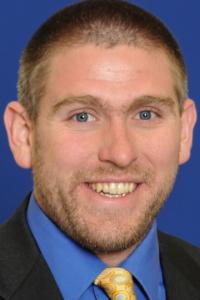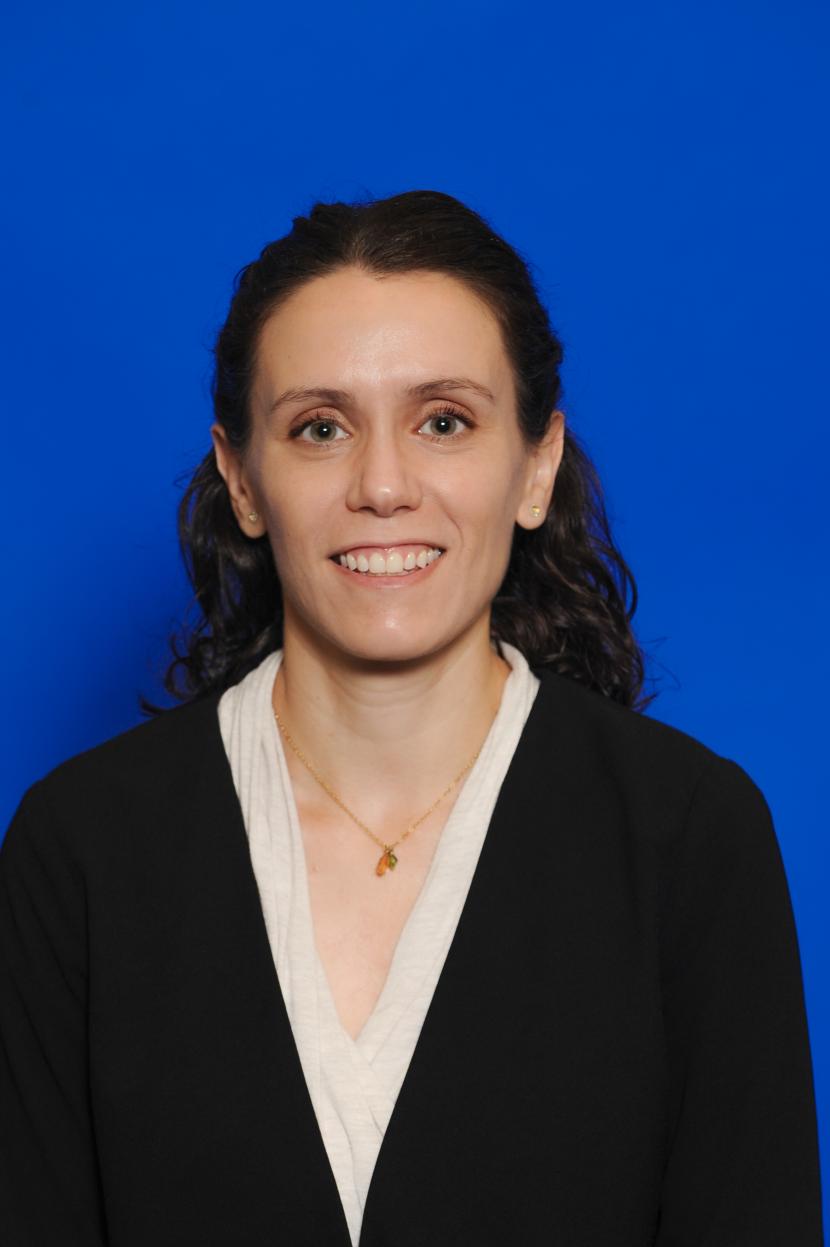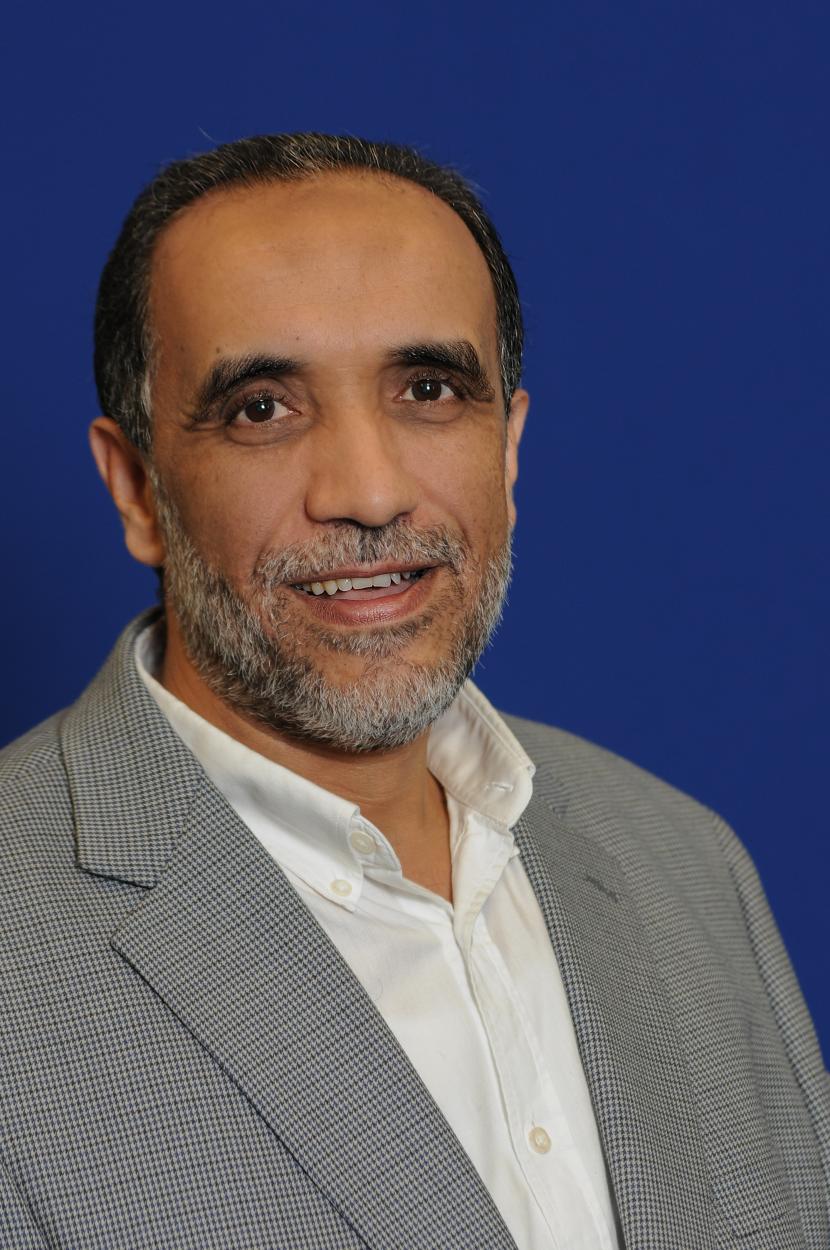Michael Allen
Jennifer Whytlaw
By Sherry DiBari
In 1854, Dr. John Snow began mapping daily routines of cholera patients in hopes of curbing the pandemic sweeping London. Cholera had already claimed more than 10,000 lives in the city.
Snow's map eventually connected multiple cases to a public water pump. Once the pump was shut down, cholera plummeted.
Michael Allen, associate professor of geography at Old Dominion University, said that while Snow's map didn't end cholera, it helped "inform decision makers for the next time."
"We never knew diseases were transmitted by water," Allen said. "Similarly, we have persistent misconceptions with the ongoing coronavirus."
Allen, who teaches medical geography, a subdiscipline focused on methods and theories of population health issues, said that "while are not going to get rid of diseases - we live in a world of bacteria and viruses - we can use the information to help reduce vulnerability, address equity and work toward living better while also living longer."
Today, public health mapping and spatial analysis is primarily done with Geographic Information Systems (GIS). Medical GIS helps people visually understand the bigger picture of public health around the world and see how health issues affect populations.
"GIS is a powerful tool to visualize, analyze and interpret geographic data," Allen said. "The location and data associated with hospitals (bed capacity), waterways (quality, pollution), evacuation routes (hurricanes) are relevant to the discipline."
Allen doesn't believe thepandemic can be stopped by data science.
"Nothing can be stopped by a single discipline," he said. "We have had technology and knowledge related to malaria for decades, yet millions become ill each year in parts of Africa."
Allen notes that other factors, like geography and political ecology, "help to shine light on those topics."
"Human decisions are a difficult science to crack. Data science can help. Deeper, more meaningful relationships are needed within the research community in order to address these complex problems," he said.
Jennifer Whytlaw, assistant professor of political science and geography at ODU, agrees that data science can't stop this pandemic. But it can help informthe public.
"I think the pandemic can be better informed through the use of geospatial information. It is important to understand, to the extent possible, where there are clusters of cases to implement policies such as social distancing and self-isolation to limit continuous exposure," Whytlaw said.
She suggests that data science, while a "very important component, is only one piece of the larger response to limiting and eliminating exposure."
GIS has played a significant role in understanding movement of the current pandemic.
"More specifically, we have seen the spread of the coronavirus move from country to country, crossing borders with ease," Whytlaw said. "This is not new, however. Other notable pandemics that have had a similar spread pattern include outbreaks such as the cholera outbreak in the 1850s, the Avian flu (1950s), the HIV/AIDS pandemic (early to mid-2000s) and with even more recent events of MERS, SARS and Ebola."
GIS is also helpful in contract tracing, which involves understanding where people live and how they move through places. It's useful in "identifying individuals who have the virus, as well as anyone they may have come in contact with," Whytlaw said.
Snow's paper map, created over 160 years ago, led to drastic drops in cholera cases. Today, that same method, using updated technology, can help to track and, with human intervention, potentially slow the spread of COVID-19.
Allen recommends the Johns Hopkins website to see how GIS works in real-time on the coronavirus pandemic.
Related News Stories
ODU Dietician Offers Advice that Might Help You Fight Off Coronavirus
Tracy Conder says a healthy diet and getting enough sleep boosts our immune systems. (More)
New Plan Announced for Commencement
University offers graduates and families multiple options to celebrate their milestone. (More)
Keep Calm and Keep Teaching
ODU’s Center for Learning and Teaching is ready to assist faculty with the transition to online classes. (More)








